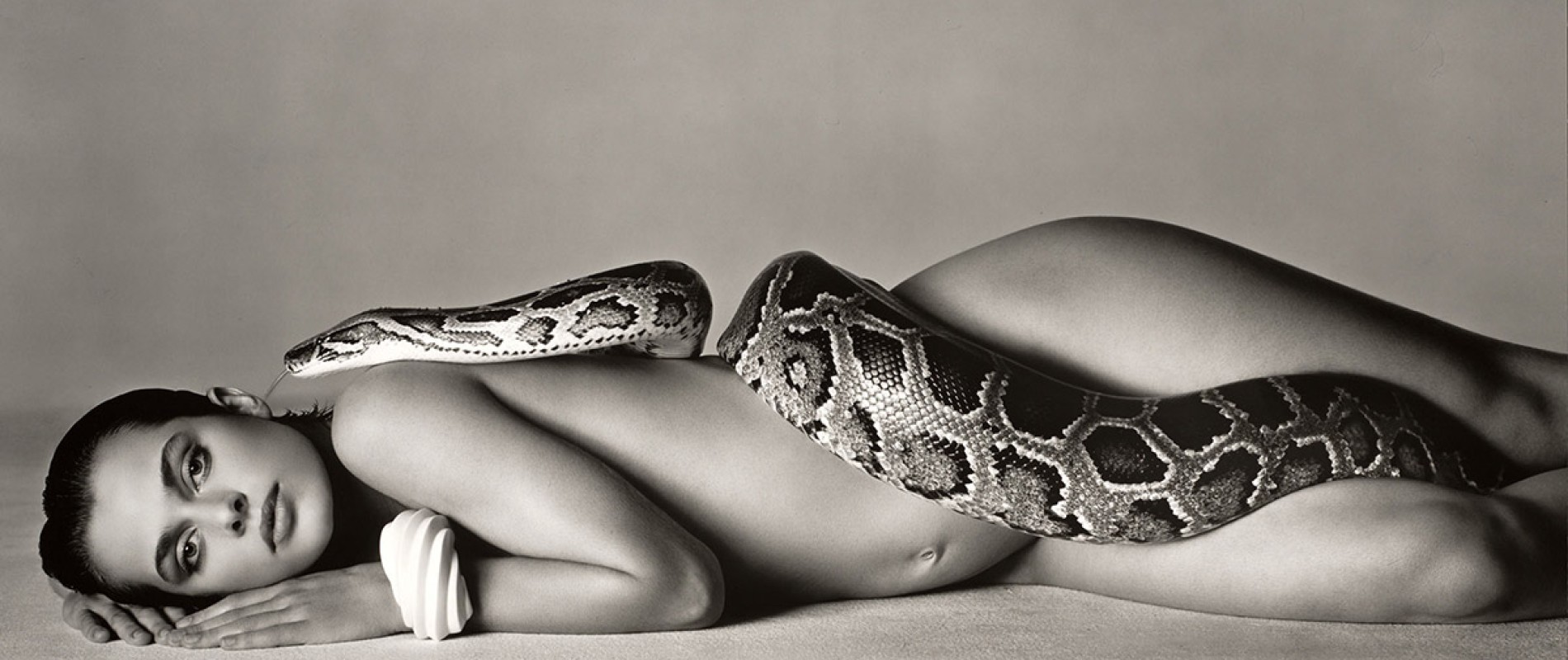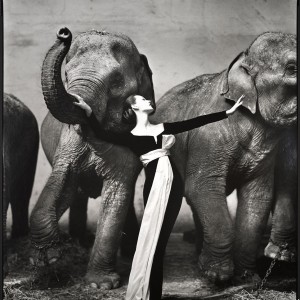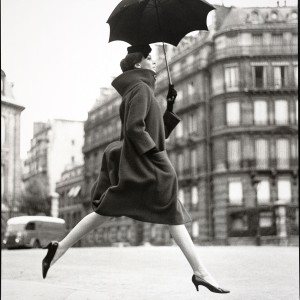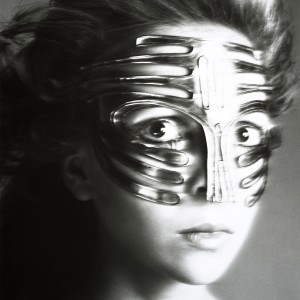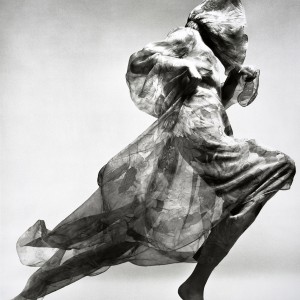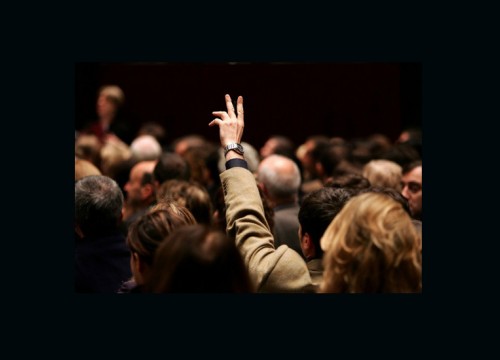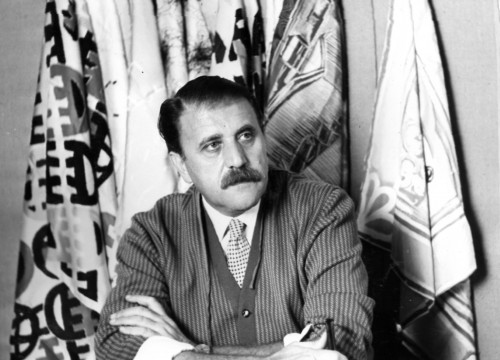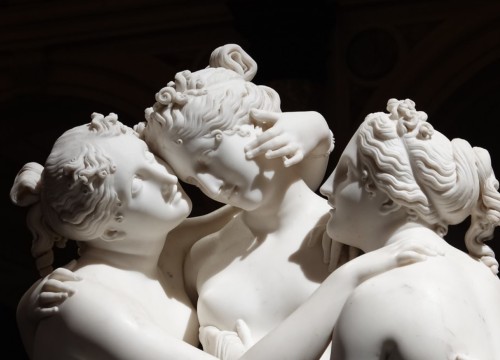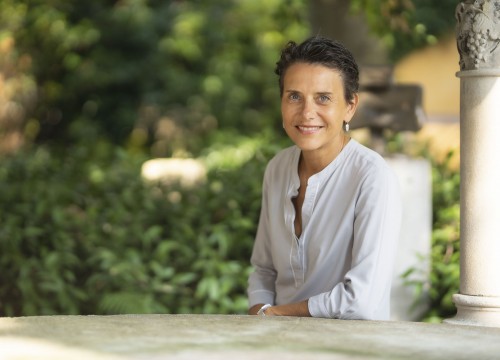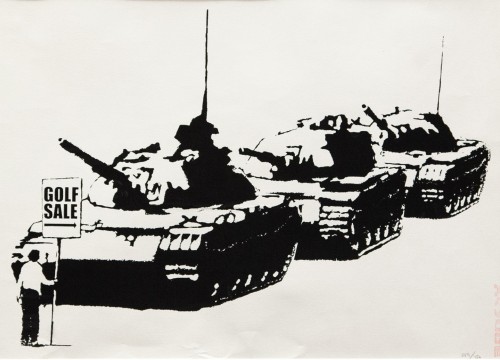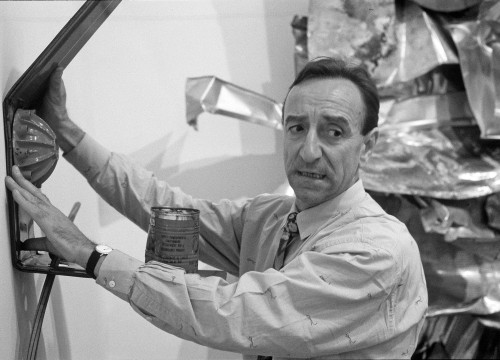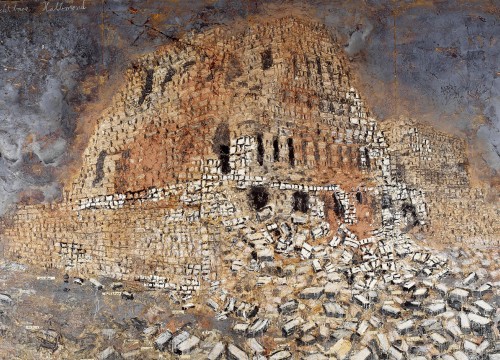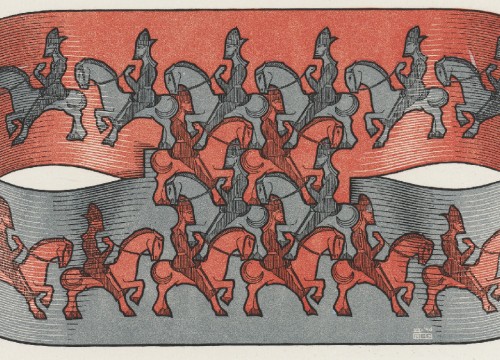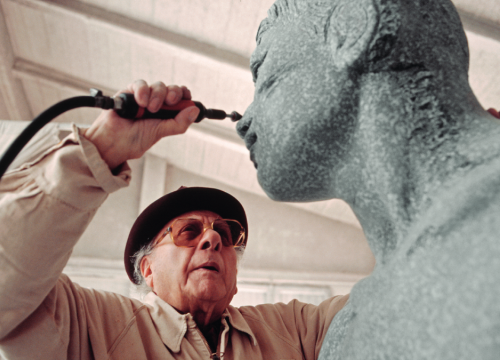On display models, celebrities from the world of art and show business, but also tramps, mentally ill and napalm victims
At the Palazzo Reale, fashion photos and portraits show images of models in splendid clothes, among celebrities from the world of art, show business and politics. These are Richard Avedon’s shots, the New York photographer (1923-2004) who revolutionised the way we understand fashion photography by bringing to the forefront the importance of the relationship between subject, photographer and audience. He photographed models outdoors, in Parisian cafés, he also captured their emotions, he orchestrated dynamic real-life scenes like a director. The subjects of the portraits, on the other hand, isolated in the void, always seem to convey everything that cannot be seen.
HE PHOTOGRAPHED MODELS OUTDOORS, IN PARISIAN CAFÉS, HE ALSO CAPTURED THEIR EMOTIONS
At the age of 12, he was already enjoying photographing the clothes made by his family; from ‘42 to ‘44, having finished his philosophy studies at Columbia University after only one year, he found himself photographing identity card portraits of sailors and autopsies for the navy. He made his debut in the world of fashion that counts with his friend Aleksej Brodovič, the art director for Harper’s Bazaar: it was the right moment in the post-war period to think about clothing, there was a need to go back to dreaming, to regain elegance and glamour.
HIS GAZE IS ALWAYS LUCID EVEN WHEN HE STAGES SUFFERING, WHEN HE PURSUES THE CHILLING BEAUTY
When in ‘55 he photographed Dovima between two elephants in a circus, he was already an established photographer. The model, in the centre, is wearing a Dior evening dress and, with a theatrical gesture, extends her arms towards the two animals. An almost surreal still image, which makes a statement due to the visual contrasts, the rhythmic composition of clothes and bodies, the skillful tones of black and white, the flagship of all his work. Since the early 1960s, he had also focused on portraits, his lens was not just for stars, intellectuals, artists and politicians, it is for anyone who catches his eye: “the portraits of vagrants are like the younger American cousins of Beckett’s gentleman tramps” he said in 2002, after having photographed the working class, the dispossessed, taking much of the charm out of the idealisation of the American West. He photographed the mentally ill and napalm victims in Vietnam, then also his dying father. He preferred large formats; clear, uniform backgrounds; expressive gestures, close up shots, balancing the volumes and voids.
SUBJECTS ISOLATED IN THE VOID ALWAYS SEEM TO CONVEY EVERYTHING THAT CANNOT BE SEEN
His minimalist set is unequivocal and yet blurs the boundaries between truth and fiction, between the observer and the observed. Intimate and haughty, his gaze is always lucid, even when he stages suffering and pursues that “chilling beauty” that we all possess even in our ugliness. As he often said, photography is fiction, but, between our experienced and imagined reality, life flows in his pictures.

